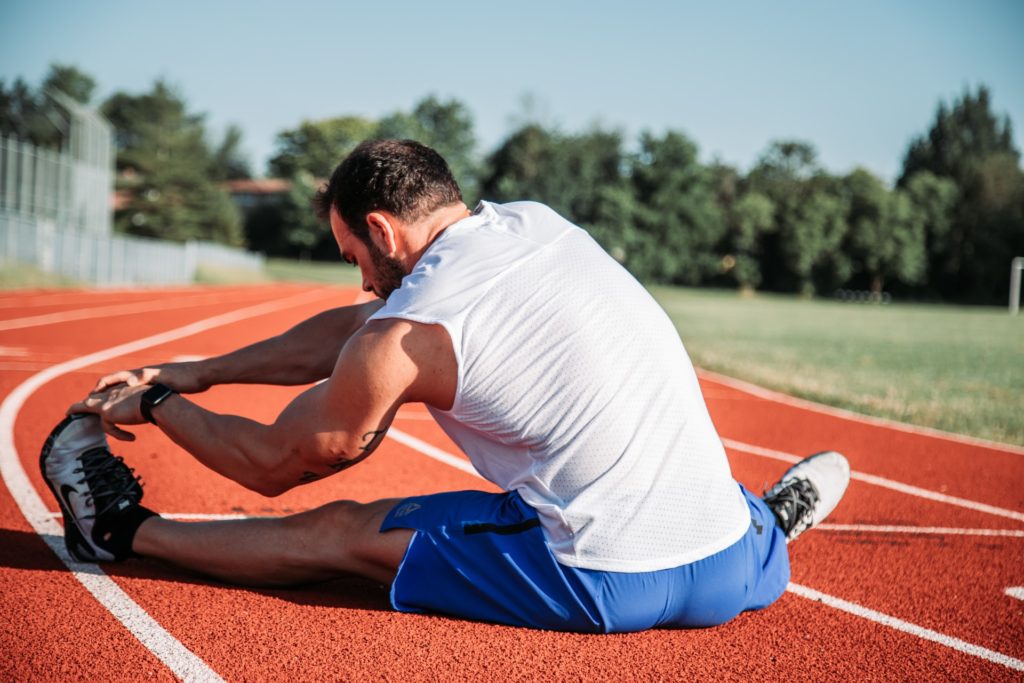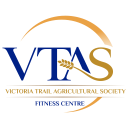Would you rather be stiff and sore or pain-free and flexible? Most people would choose pain-free and flexible. If you’re one of those people, stretching might be the hidden secret…
Here are 5 ways stretching improves your health:
- Minimizes stiffness and soreness — During a hard workout (or even a higher level of physical activity than you’re used to), muscles go through numerous contractions, which leave them in a miss-shaped and shortened state. Stretching helps correct the state of your muscles, minimizing stiffness and soreness.
- Reduces lower back pain — If you experience lower back pain, stretching your hamstrings and hip flexors (muscles that are attached to your pelvis) will help relieve that pain.
- Improves flexibility — The more you stretch, the more flexible you will become. Improved flexibility will enable you to exercise more effectively, as well as improve your mobility in everyday life.
- Reduces the risk of injury — When your body becomes more flexible and mobile, your risk of injury when exercising will be reduced.
- Eliminates lactic acid — Your body produces lactic acid, which makes your muscles tired and sore. Stretching helps eliminate the lactic acid.

What to Stretch
With a body full of muscles, the idea of regular stretching may seem overwhelming. However, you don’t have to stretch every muscle you have all the time. Focus on the areas critical for mobility and flexibility, including your calves, hamstrings, hip flexors and quadriceps. Stretching your shoulders, neck, lower back and other muscles are also beneficial, but you don’t need to focus on those areas every time.
Here’s a quick tip: Focus on stretching whichever areas you use most during your workout. For example, focus on stretching your lower body during ‘leg day’.
When to Stretch
We used to believe stretching was needed to warm up our muscles and prepare them for activity. However, research has shown that stretching muscles before they’re warmed up can cause damage. You need to get blood flow to your muscles first, which makes muscle tissue more flexible and adaptable to change.
Warm up your muscles before your pre-workout stretch by doing 5-10 minutes of light activity, such as a quick walk, jogging on the spot or jumping rope.
It’s also important to stretch after you’re finished a workout. Static stretches are best and involve standing, sitting or lying still while holding a single position for a period of time. Hold your stretches for 30 seconds each to give your muscles time to regain their shape.
Ready to reap the benefits of stretching? Then get to it!




